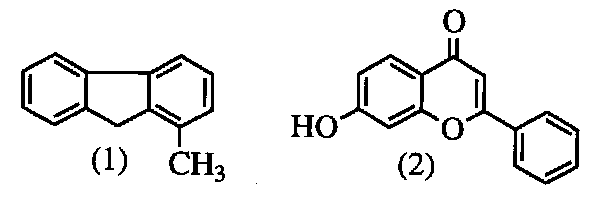
DETERMINATION OF MOLECULAR CRYSTAL STRUCTURES FROM X-RAY POWDER DIFFRACTION BY MONTE CARLO METHODS. MaryJane Tremayne, Department of Chemistry, UCL, London, WC1H 0AJ, U.K; Benson M. Kariuki, and Kenneth D. M. Harris, School of Chemistry, University of Birmingham, Birmingham, B15 2TT, U.K.
Many important crystalline solids cannot be prepared in the form of single crystals of sufficient size and quality for single-crystal X-ray diffraction studies, and in such cases it is essentia1 that structural information can be extracted from powder diffraction data. We have developed and applied a method employing a Monte Carlo algorithm for crystal structure determination from powder diffraction data. In this method, a series of structural models is generated by random movement of a collection of atoms within the unit cell, and each trial structure is accepted or rejected on the basis of the agreement between the experimental powder diffraction pattern and the powder diffraction pattern calculated for the structural model. This technique differs considerably from the normal approach for structure determination from powder diffraction data, in that intensity information is not directly extracted from the diffraction pattern, and hence the problems of assigning intensities to overlapping reflections are avoided. The success of this method for ab initio crystal structure determination from X-ray powder diffraction data has been demonstrated by its application to the solution of several crystal structures including p-BrC6H4CH2CO2H [K. D. M. Harris, M. Tremayne, P. Lightfoot, P. O. Bruce, J. Am. Chem. Soc. (1994), 116, 3543] and the [[gamma]]-phase of 3-ClC6H4CHCHCO2H [B. M. Kariuki, D. M. S. Zin, M. Tremayne and K. D. M. Harris, Chem. Mat. (1996), in press]. In the work presented here, we have extended the Monte Carlo method to structure solution by a) simultaneous translation and rotation of a rigid structural fragment within the unit cell - illustrated by the structure determination of 1-methylfluorene (1) - and b) simultaneous translation and rotation with additional rotation about intramolecular bonds - illustrated by the structure determination of 7-hydroxyflavone (2).
